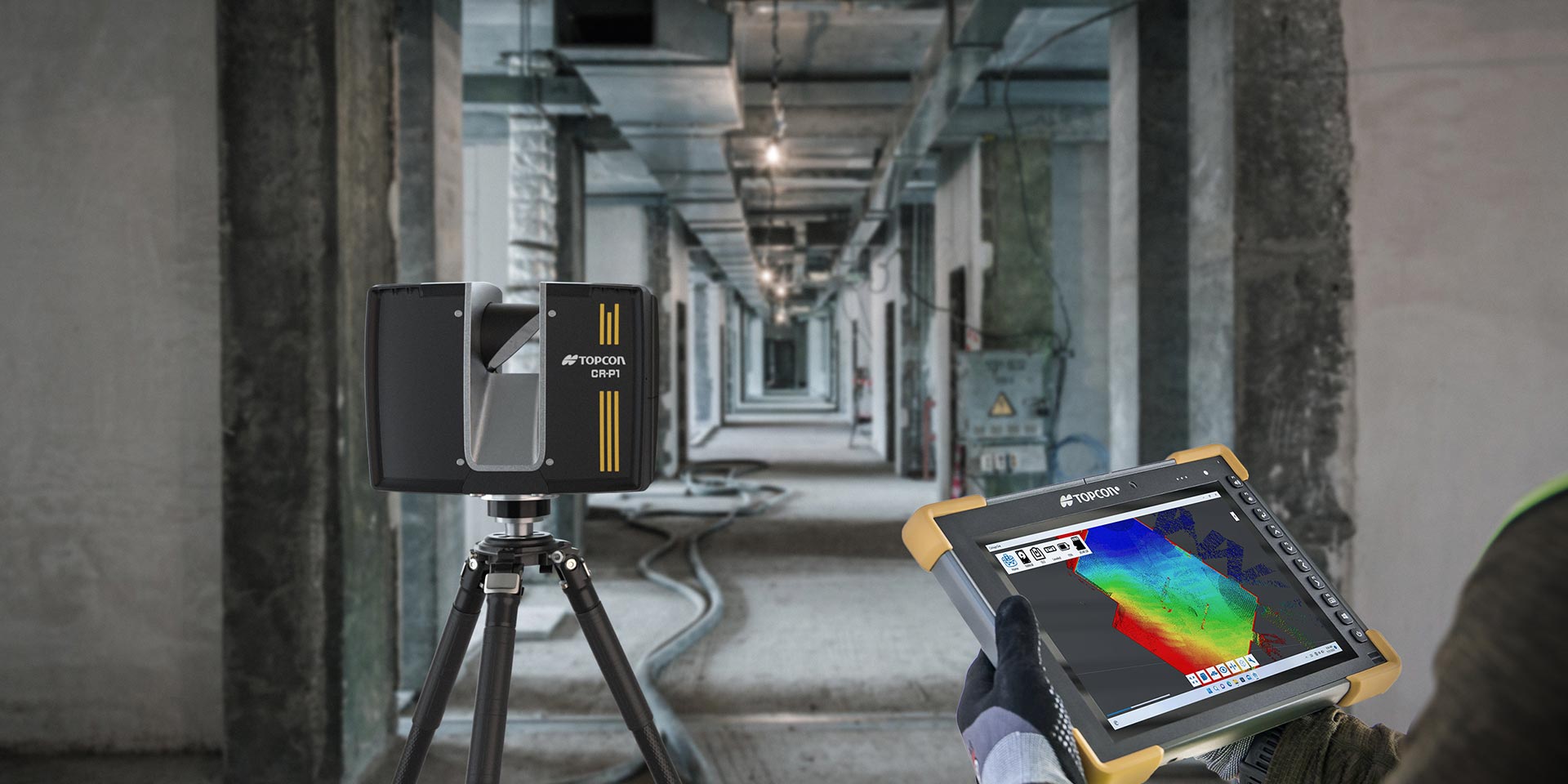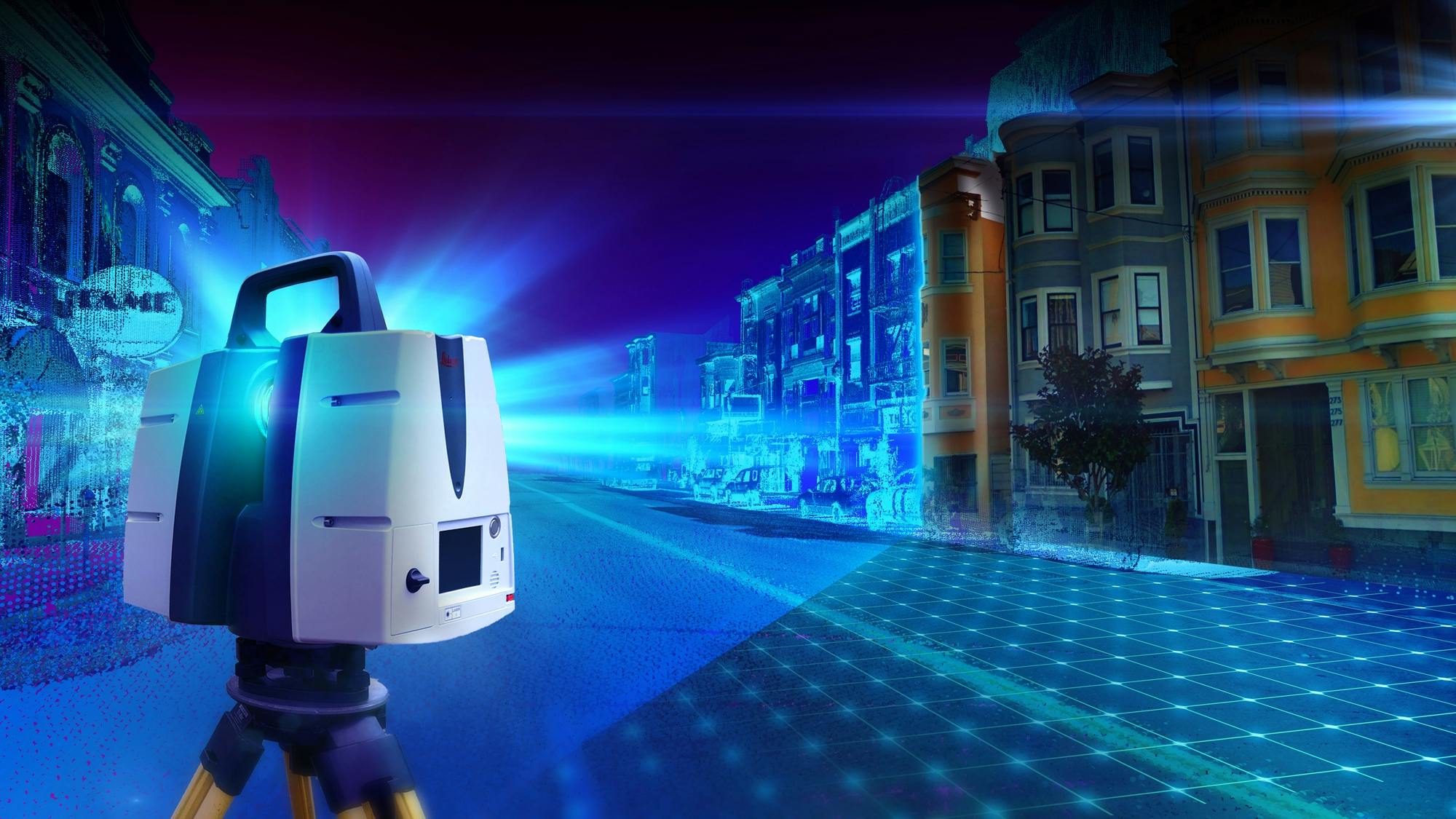Innovative Approaches to Use 3D Scanning in Design Ideation
Wiki Article
Just How 3D Laser Scanning Changes Architectural Style and Construction Projects
3D laser scanning is changing the landscape of architectural design and building and construction. This modern technology provides unparalleled precision in capturing existing environments, which facilitates far better project planning and implementation. It minimizes errors while improving performance in numerous phases of development. The effects for collaboration amongst engineers, engineers, and other stakeholders are substantial. These advancements unlock to brand-new layout opportunities and innovative services. What lies in advance for this evolving technology?The Basics of 3D Laser Scanning Innovation
3D laser scanning modern technology might appear facility, its core concepts are transformative and uncomplicated for building layout. This modern technology uses laser beam of lights to catch specific dimensions of physical frameworks, creating a thorough factor cloud that represents the scanned atmosphere. A laser scanner releases quick pulses of light, determining the time it takes for the light to return, which enables for the calculation of distances with impressive precision.The resulting factor cloud can be transformed into a 3D model, supplying architects with vital aesthetic information. This design allows professionals to adjust and assess style aspects within their projects, permitting ingenious services and enhanced visualization. By using 3D laser scanning, designers can better recognize the current conditions of a website, guaranteeing that new layouts balance with their environments. This assimilation of innovation into building design notes a considerable advancement, fostering imagination and accuracy in the field.

Enhancing Accuracy and Efficiency in Architectural Projects
As building jobs progressively require accuracy and rate, 3D laser scanning arises as a crucial tool in enhancing both accuracy and efficiency. This technology captures numerous data points in a brief timeframe, creating precise and thorough 3D models of existing structures. The capacity to get precise measurements minimizes the risk of mistakes throughout the style phase, enabling architects to visualize their projects with unparalleled quality.The rapid information collection process minimizes the time invested on-site, making it possible for groups to concentrate on analysis and layout enhancements. With real-time data availability, modifications can be made swiftly, advertising a much more streamlined operations. The combination of 3D laser scanning into architectural techniques not only boosts measurement accuracy however also improves the overall task timeline, helping with quicker decision-making. In a sector where accuracy is crucial, this modern technology stands as a transformative pressure, boosting the requirements of architectural style and building jobs.
Enhancing Collaboration Among Stakeholders
While conventional architectural procedures typically entail fragmented interaction among stakeholders, 3D laser scanning promotes a more cohesive joint atmosphere. By giving exact, high-resolution information, this modern technology enables engineers, service providers, designers, and clients to operate from a unified factor of referral. The comprehensive visualizations produced via laser scanning eliminate misconceptions and obscurities, ensuring that all parties have accessibility to the same information.This transparency boosts decision-making and urges timely feedback, as stakeholders can conveniently envision layout aspects and spatial relationships. Furthermore, the combination of 3D scanning data right into Building Info Modeling (BIM) systems further improves partnership, permitting real-time updates and alterations. Such seamless communication not only reduces disputes however likewise speeds up job timelines, as all stakeholders stay lined up throughout the style and building phases. Ultimately, 3D laser scanning transforms traditional workflows right into an extra collective and effective process, benefiting all celebrations involved.
Unlocking Imaginative Opportunities in Style
By enabling engineers to envision intricate intricate information and spatial partnerships, 3D laser scanning exposes creative opportunities in style. This innovation enables accurate mapping of existing atmospheres, enabling engineers to check out ingenious ideas that may have formerly seemed not practical. With very exact information, designers can experiment with unconventional forms and materials, pushing the borders of standard architecture.The integration of 3D laser scanning right into the design procedure fosters partnership among multidisciplinary teams, urging the exchange of concepts and enhancing creative thinking. The comprehensive visualizations generated by this modern technology not just aid in determining potential my review here design challenges yet also influence remedies that might not have actually been taken into consideration. Therefore, architects can create a lot more interesting and vibrant spaces that reverberate with users while satisfying practical needs. Ultimately, 3D laser scanning transforms the building landscape, encouraging designers to understand their visions with extraordinary accuracy and creativity.
The Future of 3D Laser Scanning in Architecture and Construction
The combination of 3D laser scanning into architectural design not only boosts creative thinking but likewise sets the phase for its advancing role in the future website link of design and building. As modern technology developments, the precision and performance of laser scanning will certainly remain to boost, making it possible for architects and contractors to produce a lot more complicated styles with precision - 3D Scanning. The use of this innovation in real-time data collection will help with much better decision-making, lowering mistakes and simplifying operationsFuture applications might consist of virtual and augmented reality integrations, allowing stakeholders to visualize jobs in immersive atmospheres. Furthermore, as sustainability becomes a priority, 3D laser scanning will certainly sustain the advancement of energy-efficient designs by providing detailed understandings right into existing frameworks. As partnership among various disciplines ends up being even more necessary, the ability to share exact 3D versions will cultivate technology and improve project end results. Inevitably, 3D laser scanning will redefine criteria in architectural design and building and construction methods.
Often Asked Questions
What Is the Expense of Implementing 3D Laser Scanning Innovation?

The length of time Does a Regular 3D Laser Scanning Task Take?
A common 3D laser scanning task can take anywhere from a couple of hours to a number of days, depending upon factors such as the project's size, intricacy, and the degree of information required for accurate information capture.What Kinds of Projects Benefit Many From 3D Laser Scanning?
3D laser scanning benefits various projects, especially large-scale buildings, historic restorations, and intricate improvements. It boosts precision in dimensions, minimizes errors, and offers comprehensive data important for reliable planning and execution in building design and building and construction.
Exist Particular Software Application Programs Required for 3D Laser Scans?
Yes, details software application are vital for refining 3D laser scans. 3D Scanning. Popular choices consist of Autodesk Wrap-up, Faro Scene, and Leica investigate this site Cyclone, each offering one-of-a-kind features tailored for evaluating and imagining checked information successfully in numerous tasksJust How Does 3D Laser Scanning Influence Environmental Sustainability in Building And Construction?
3D laser scanning boosts ecological sustainability in building and construction by decreasing product waste, making it possible for exact dimensions, and advertising effective resource use. This technology permits better preparation, lowering the eco-friendly impact of building jobs through improved precision and performance.3D laser scanning is changing the landscape of architectural design and construction. 3D laser scanning technology might appear complicated, its core principles are transformative and straightforward for architectural design. By making it possible for engineers to picture complicated spatial connections and elaborate details, 3D laser scanning discloses innovative possibilities in layout. The combination of 3D laser scanning into the layout procedure fosters partnership among multidisciplinary teams, motivating the exchange of ideas and improving creativity. The integration of 3D laser scanning into architectural layout not only boosts imagination but likewise sets the stage for its evolving function in the future of architecture and building and construction.
Report this wiki page